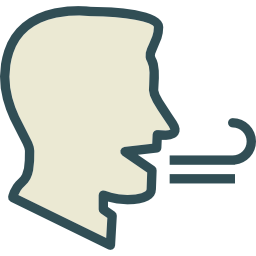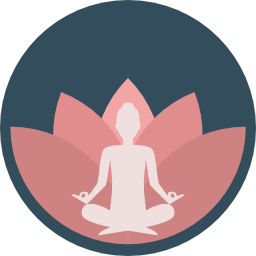










This practice is about observing breath. This can be done anytime. This practice helps to bring the attention ‘here & now’ instantaneously. This is a simple meditation technique which brings great relaxation to the mind & body.
Practice:

This is a technique of breathing through alternate nostrils. This is called as Naadi Shodhana Pranayama in Yogic practices. This helps to calm down the mind and bring balance of IQ & EQ aspects in life. This can be done anytime except when stomach is full – allow at least two hours after food for doing this practice.
Practice:

This is a great relaxation technique. This is best done before going to sleep.
Practice: